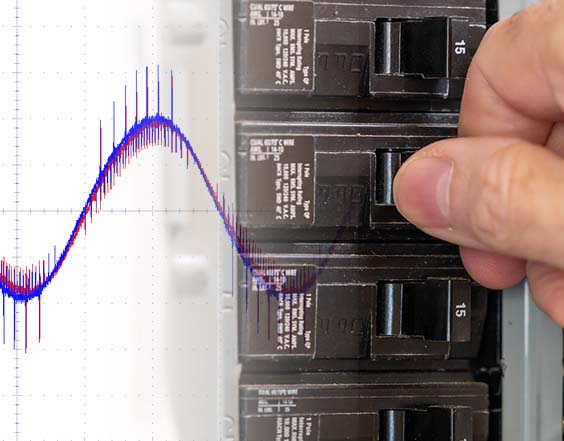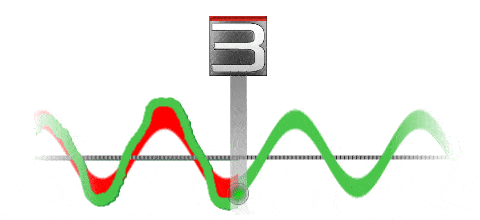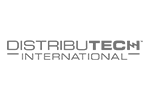Perfect power isn’t a luxury – it’s what enables operational excellence.
SDE Video Introduction
The Hidden Power Quality Crisis
In today’s increasingly electrified world, operations face a critical challenge that goes far deeper than occasional outages. While the lights stay on, compromised power quality silently erodes the foundation of modern operations – undermining resilience, efficiency, and productivity across every grid and enterprise.
You see it in unexpected equipment failures, rising energy costs, and the constant battle to maintain process stability. From medical facilities to manufacturing floors, from data centers to defense installations, organizations are discovering that traditional power filtering and compensation solutions can’t quite meet the demands of the digital age.


Annual Cost of Power Quality Issues
80%
Of Problems Originate
Inside Customer Facilities
Making it crucial to address internal power quality

Per Hour Cost for Critical Facilities
50%
Of Critical Outages are
Due to Power Quality
Making prevention essential

Average Plant Restart Time
$130,000
Average Revenue
Lost Per Facility
Extended downtime compounds losses

Electricity moves at lightning speed, requiring a technology that can keep up with its rapid and dynamic nature. That’s where Software-Defined Electricity (SDE) comes in. Embedded within VectorQ series of controllers, this real-time digital measurement and correction transforms unpredictable power into a stable foundation, ensuring optimal efficiency at every moment.
.
Learn more about SDE
The Solution
This is why we pioneered Software-Defined Electricity (SDE) – not just as another power quality tool, but as a complete reimagining of how electricity should work in the modern age. By digitally measuring and correcting electricity in real-time, we transform unpredictable power into a stable, optimized foundation for your entire electrical network.
While other approaches attempt to patch individual power quality issues with piecemeal solutions, The VectorQ Controllers address the entire spectrum of power quality challenges simultaneously. This comprehensive approach provides the truly real-time control needed to ensure your systems not only survive but thrive in today’s demanding electrical environment.
3DFS and SDE as featured in






































Optimize Power Infrastructure Without Disruption
The VectorQ Series represents our commitment to making perfect power quality effortless and accessible. Through Software-Defined Electricity (SDE), we deliver enterprise-grade power protection with unprecedented simplicity and efficiency.
Instantly Optimized Electricity
and Secure Power Networks
VectorQ Controllers optimize electrical network by:
-
Balancing power flow across all phases in real-time
-
Eliminating dangerous harmonics and neutral currents
-
Ensuring optimal energy efficiency for all connected equipment
-
Creating an resilient, self-protecting power network
-
Delivering 98% end-to-end efficiency
Beyond traditional power quality solutions that merely patch individual issues, VectorQ Controllers provide comprehensive protection through continuous digital monitoring and correction – transforming unpredictable power into a stable foundation for your operations.
VectorQ Products


